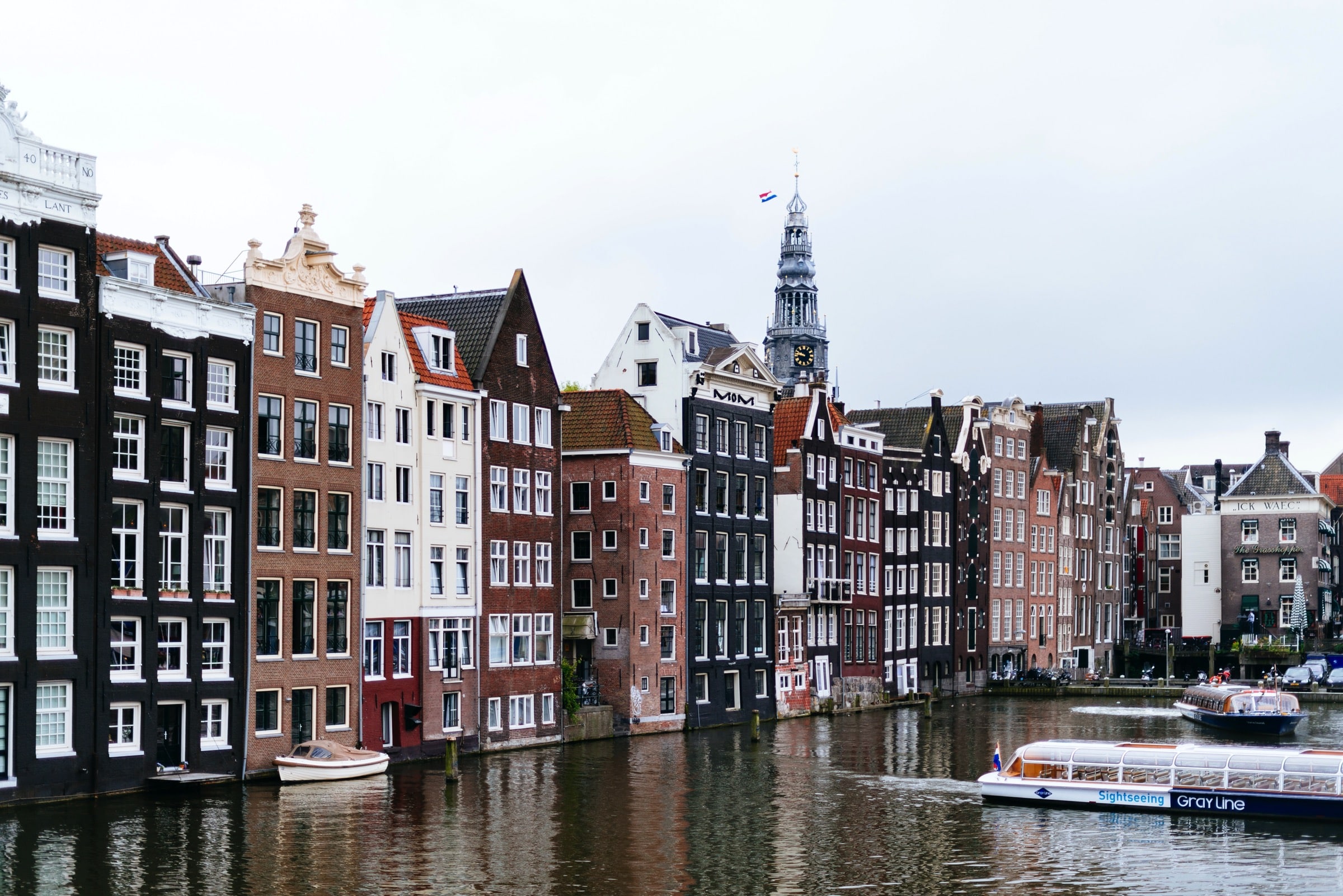The territory currently called “Netherlands” includes several former territories that have become independent or newly conquered.
Before the Christian era, this territory was populated by Celtic and Germanic tribes. Until the beginning of the 5th century, the area south of the Rhine was part of the Roman Empire. During the Middle Ages, the Netherlands was ruled by a number of self-governing feudal powers which were eventually united with the rest of the “Low Countries” (now Belgium and Luxembourg) into the Holy Roman Empire under the reign of of Emperor Charles V (1500-1558), also King of Spain. The Inquisition and the measures of economic repression taken by the Spanish governors led to uprisings, notably under the instigation of Prince William of Orange. In 1579, the Calvinist provinces seceded, creating the union of Utrecht. This gave birth to the United Provinces, the core of the current Kingdom of the Netherlands.
After a war that lasted 80 years, Spain finally recognized in 1648 the independence of the Dutch United Provinces, which then became one of the most important maritime and economic powers of the 17th century. This period is known as the Golden Age and corresponds to a phase of exceptional development of the Netherlands both colonially and militarily as well as culturally, intellectually and artistically. It was also largely thanks to the East India Company (the VOC; “Verenigde Oost Indische Compagnie”) founded in 1602, which marked the beginning of an extraordinary enterprise and gave birth to the second richest colonial empire in the world after the British Empire.
Source: https://www.amsterdam.info/en/netherlands/history/

There were a lot of population movements, trade trips, wars and cultural changes from the 5th century to the 12th century in the Netherlands. It is also thanks to its large naval fleet, its military force and its impressive knowledge of navigation that the first East India Company was created. It is largely thanks to her that the Netherlands quickly became rich and imposed their power on the other colonial empires of Europe. In turn, England and France also created their East India Company (England on December 31, 1600 and France on August 27, 1664) in order to compete with the Netherlands.
Sources:
- The Dutch East India Company: https://fr.wikipedia.org/wiki/Indes_orientales_n%C3%A9erlandaises
- British East India Company: https://fr.wikipedia.org/wiki/Compagnie_britannique_des_Indes_orientales
- French East India Company: https://fr.wikipedia.org/wiki/Compagnie_fran%C3%A7aise_des_Indes_orientales
This whole slice of history explains how fabric printing arrived in Europe. Artisan printers from the islands of Java in Indonesia were discovered during the Portuguese and Dutch conquests in the late 16th and early 17th centuries. These merchant conquerors brought several printed fabrics back to Europe and began to trade in them. Dutch printers began to attempt to reproduce them and develop a market in Indonesia, but the quality of the prints did not match those of authentic Javanese printers. It was later, by trading with West Africa, among others in Ghana, that the goods produced by the Dutch began to be successful. Later, printers using more advanced techniques elsewhere in Europe supplanted the trade in Dutch printed cloth. In the end, it was France that achieved the most success, as did the Dutch who were at the origin of the first mechanical roll printing on textiles.
And to think that all this is the ancestor of digital printing on fabric! Now, thanks to M&M Graphic, a fabric sublimation printing specialist in Montreal, you can order and receive personalized clothing or promotional items in just five (5) days! Quite a “revolution”, isn’t it?